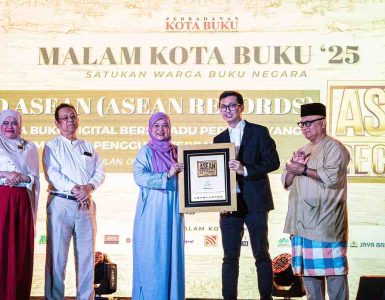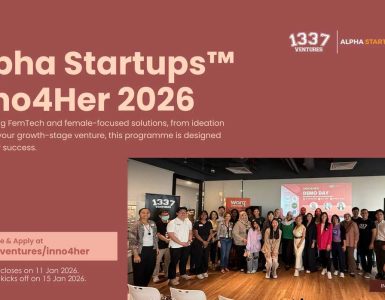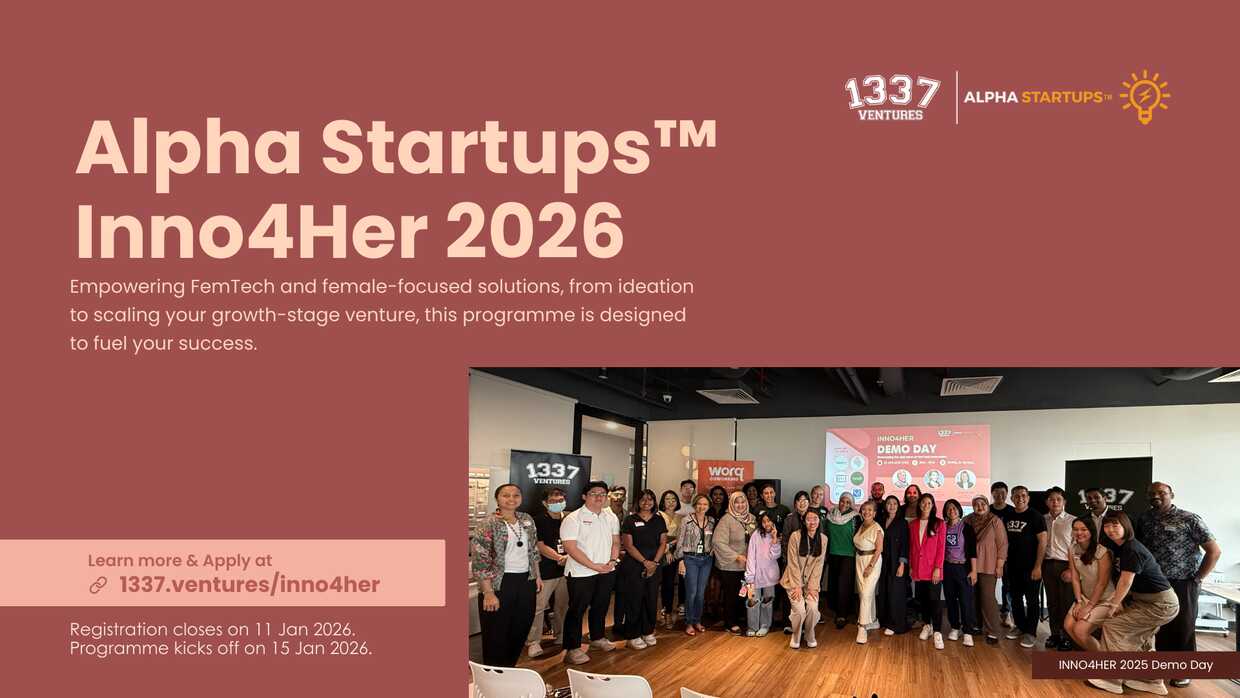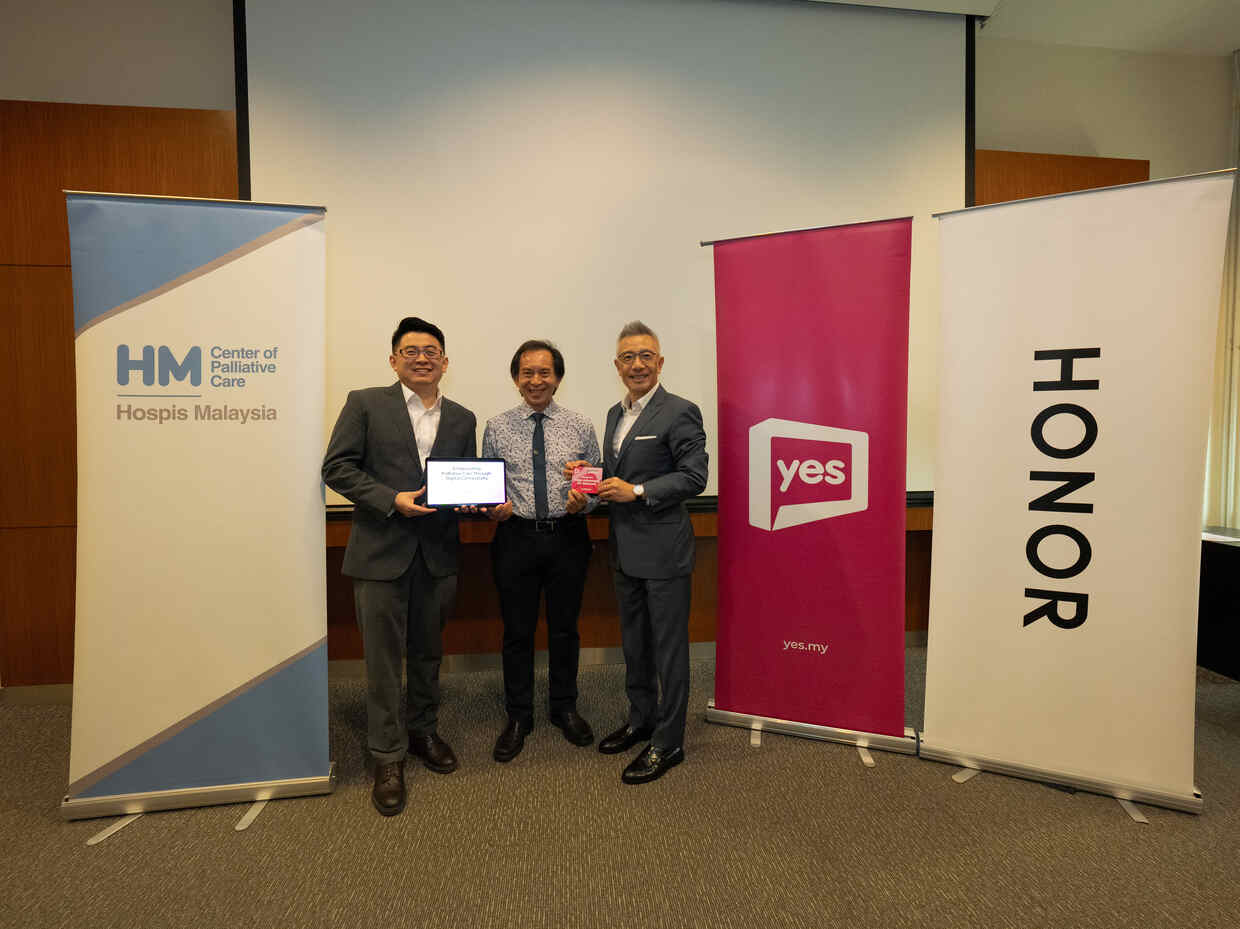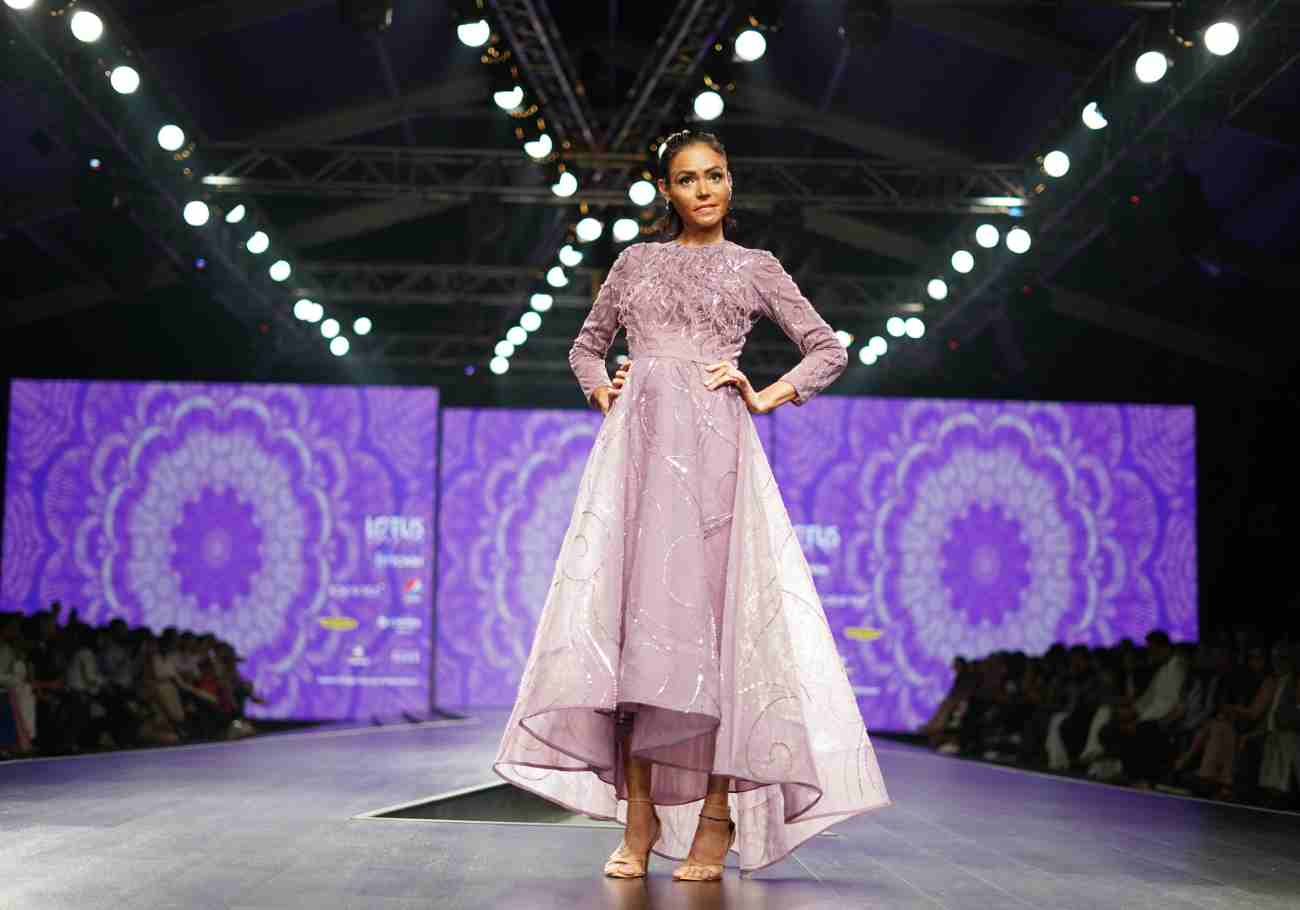
The fashion industry is undergoing a revolution, driven by the innovative integration of Augmented Reality (AR) and the booming world of gaming.
This convergence is not just about adding bells and whistles; it’s fundamentally transforming how fashion is designed, experienced, and consumed.
From tees to runways: Immersive power of AR
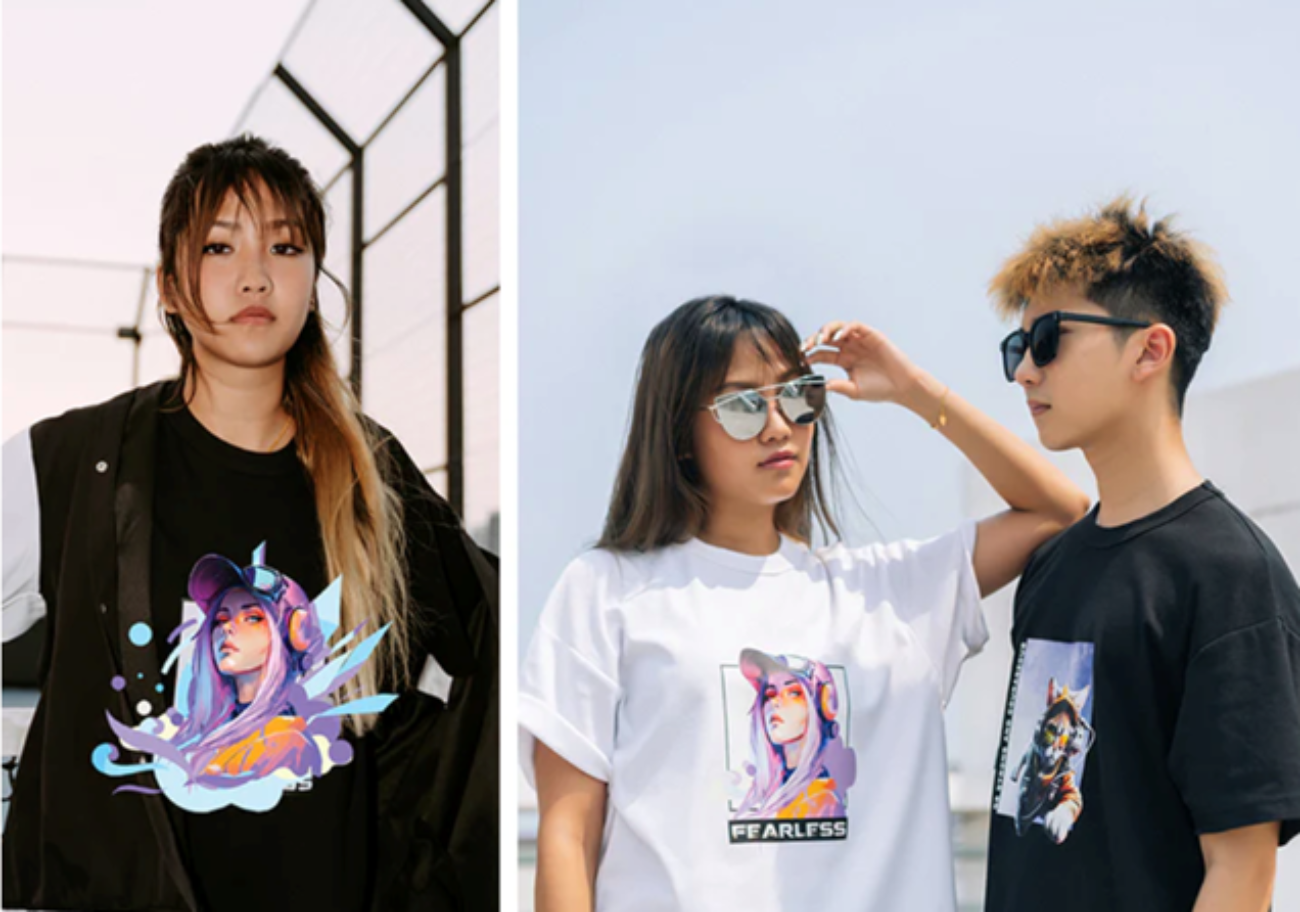
A year ago, a Malaysian brand, Bee3, showcased the potential of AR in fashion.
Their seemingly ordinary printed t-shirts came alive with dynamic 3D animations when scanned, mirroring similar initiatives by Louis Vuitton in 2021 and 2022.
However, AR’s potential extends far beyond interactive prints.
Milan Fashion Week in March 2023 took things a step further, transforming the streets of Piazza del Duomo into a digital runway.
Armed with mobile devices, fashion enthusiasts witnessed AR models showcasing digital collections, blurring the lines between reality and virtuality in a truly immersive experience.
Fashion meets gaming: A digital match made in heaven
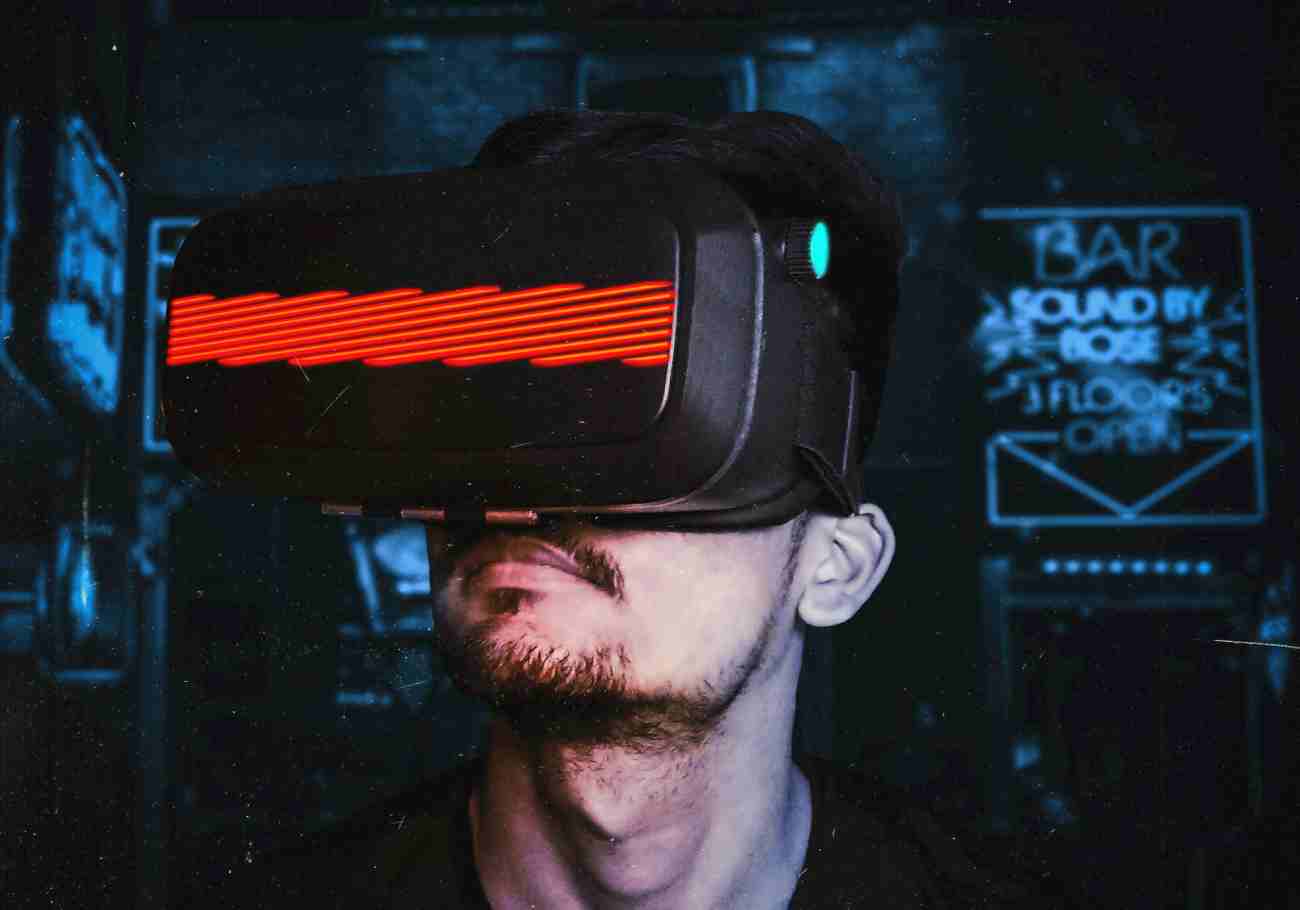
This fascination with immersive environments is deeply rooted in the world of gaming.
Fashion brands have recognised the power of games to engage consumers, particularly during the pandemic’s downturn.
A prime example is Louis Vuitton’s groundbreaking collaboration with “League of Legends” in 2019, creating in-game outfits for iconic characters.
This trend continued with Nike’s successful “Nikeland” launch on Roblox, attracting millions of players and demonstrating the potential of in-game collaborations.1
With nearly half of all global gamers residing in the Asia-Pacific region, the potential for fashion brands to capture this lucrative market through immersive experiences is undeniable.
Malaysia, a leading Asian gaming hub, boasts a vibrant gaming scene with an average of 14 million players spending 1 to 3 hours per week on games and making significant in-game purchases – placing the country at 21st in global gaming revenue. 2
This positions Malaysia as a prime destination for brands seeking to explore the exciting world of digital fashion collaborations.
Digital fashion weeks: AR democratising design in Asia
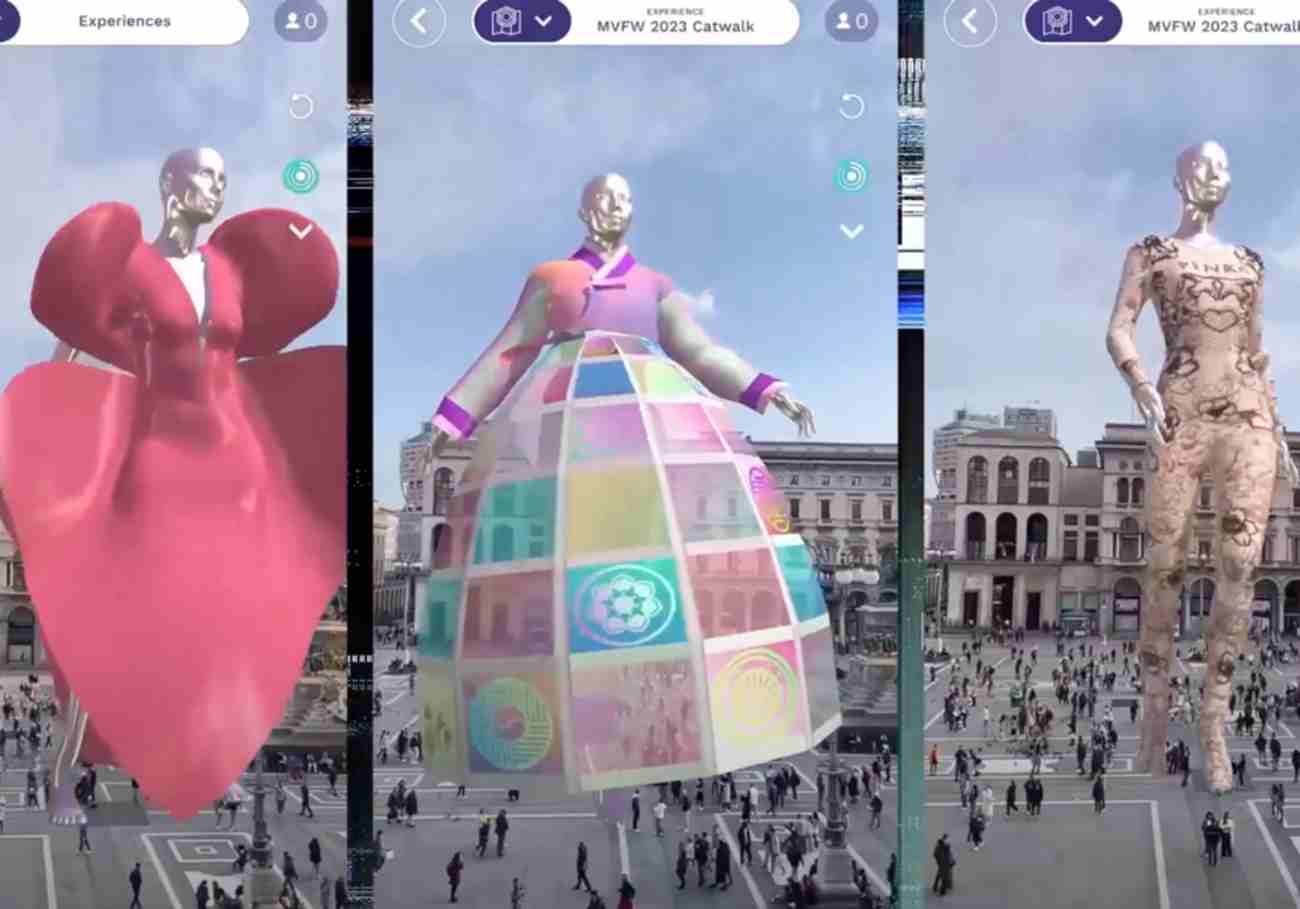
The synergy between fashion and gaming has led to the emergence of digital fashion weeks alongside traditional ones.
These virtual platforms provide a unique opportunity for emerging designers and smaller brands to showcase their creations in the form of digital twins and non-fungible tokens (NFTs).
Furthermore, the COVID-19 pandemic spurred a migration of tech talent, including programmers and UI/UX designers, into the fashion world.
This influx of fresh perspectives is accelerating the integration of technology into fashion design and presentation.
Fashion schools are actively embracing this digital revolution by incorporating virtual and 3D design software like CLO3D and Style3D into their curriculum.
Additionally, courses in coding and artificial intelligence algorithms help bridge the skills gap for future fashion professionals.
This newfound focus on technology empowers a new generation to envision fashion beyond the traditional realm of handcrafted luxury.
Bridging the skills gap and embracing sustainability

Sustainability concerns are also driving innovation.
Brands are increasingly utilizing AR filters to provide social media influencers with virtual garments for photoshoots and marketing campaigns, reducing the need for physical collections.
These interactive filters allow consumers to virtually try on clothes, boosting online engagement and reducing return rates for e-commerce platforms.
The fashion industry is experiencing a fundamental shift, becoming more engaging and accessible through the power of AR and gaming.
This is not a fleeting trend, but a permanent transformation that will continue to shape the future of fashion in exciting and dynamic ways.
The fusion of technology and creativity promises an immersive and sustainable future for the fashion world, opening doors for both established brands and emerging talents.
- https://www.forbes.com/sites/bernardmarr/2022/06/01/the-amazing-ways-nike-is-using-the-metaverse-web3-and-nfts/?sh=5b50688456e9 ↩︎
- https://www.tatlerasia.com/gen-t/leadership/how-malaysias-us786m-gaming-ecosystem-is-levelling-up ↩︎
Dr Alshaimaa Alanadoly serves as a Senior Lecturer in fashion design technologies at The Design School, Faculty of Innovation & Technology, Taylor’s University. She has devoted nearly 15 years of her career to education, research, and training in the field of emerging technologies within the fashion industry.



